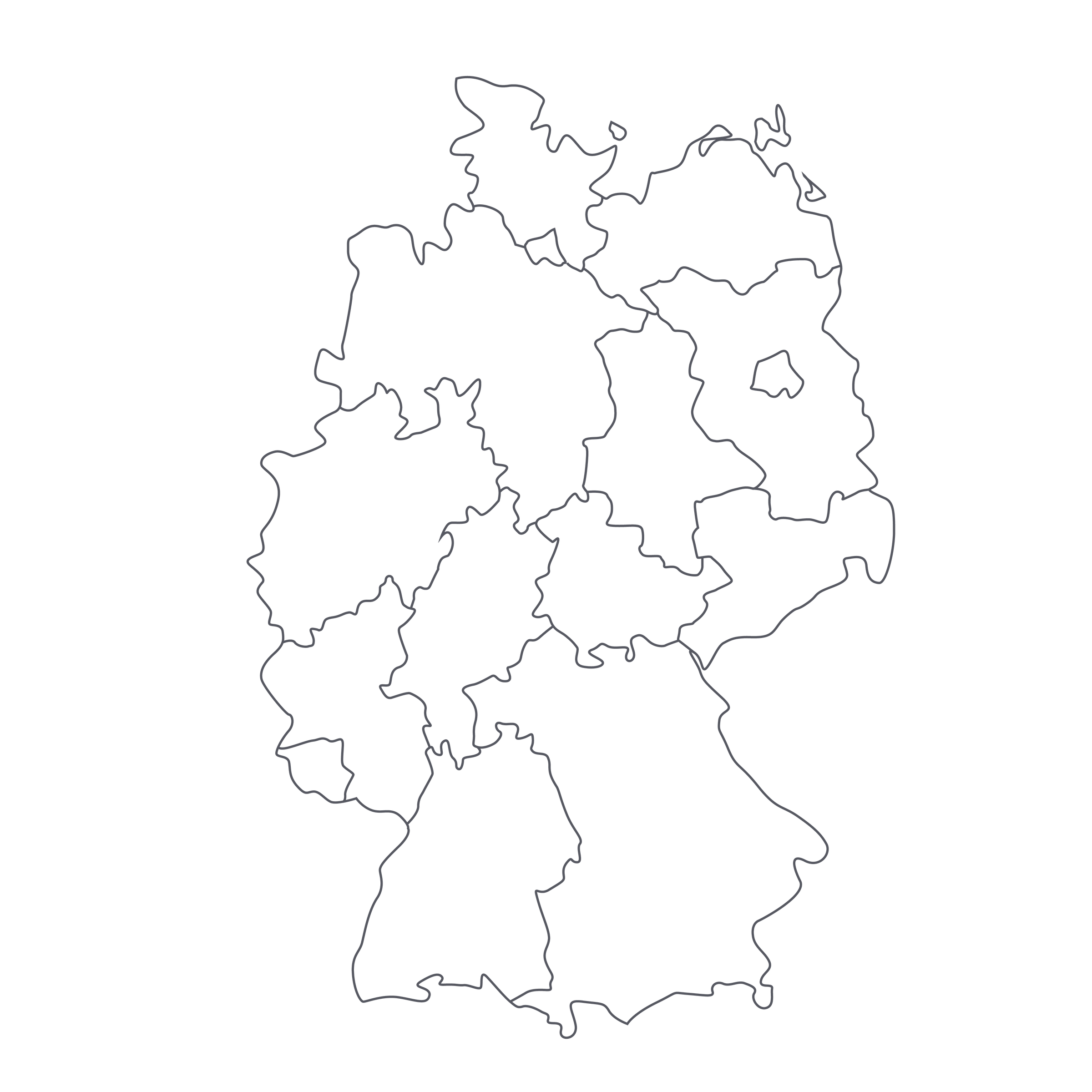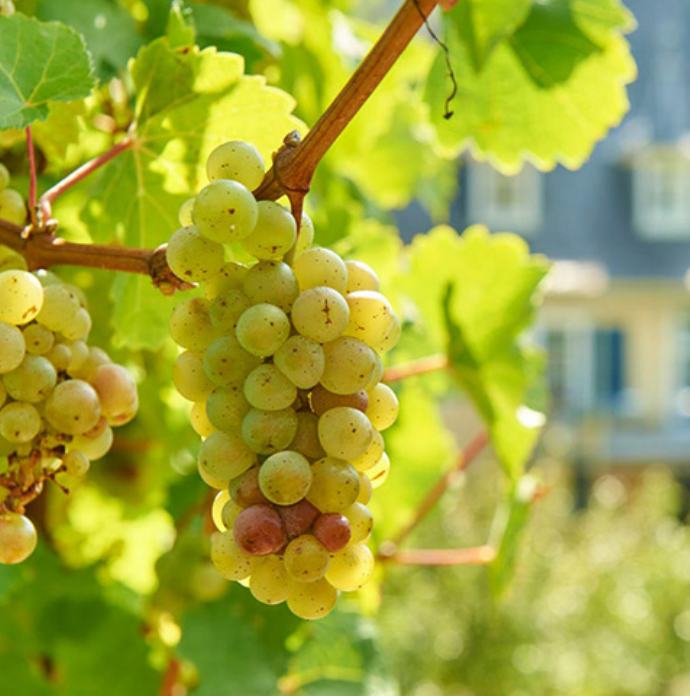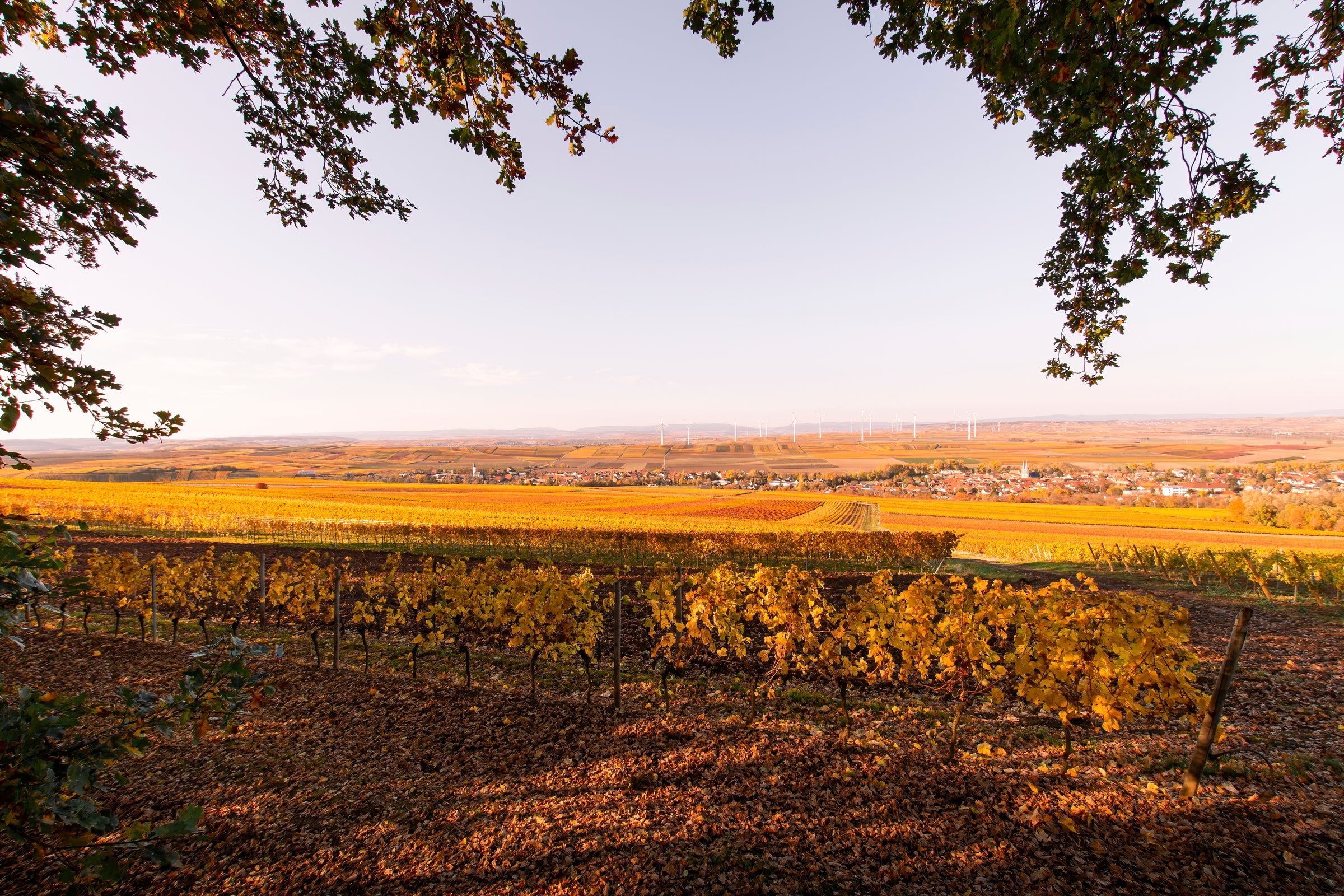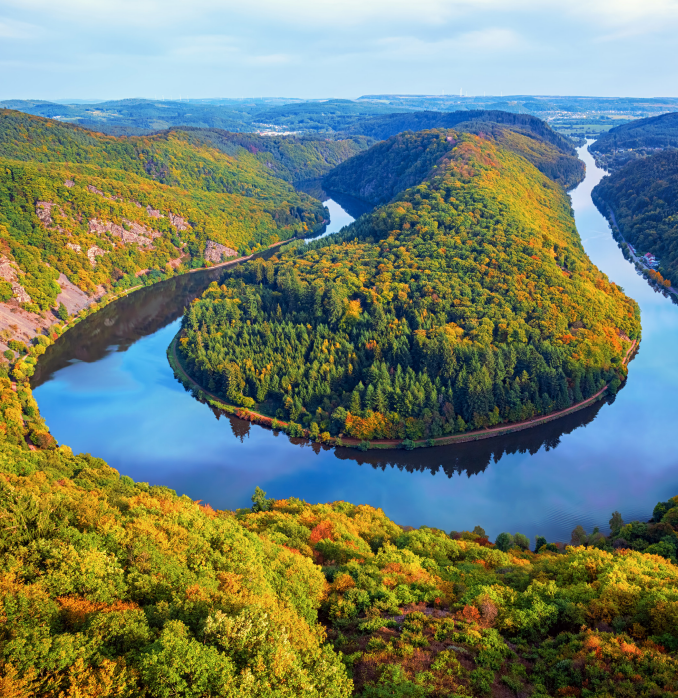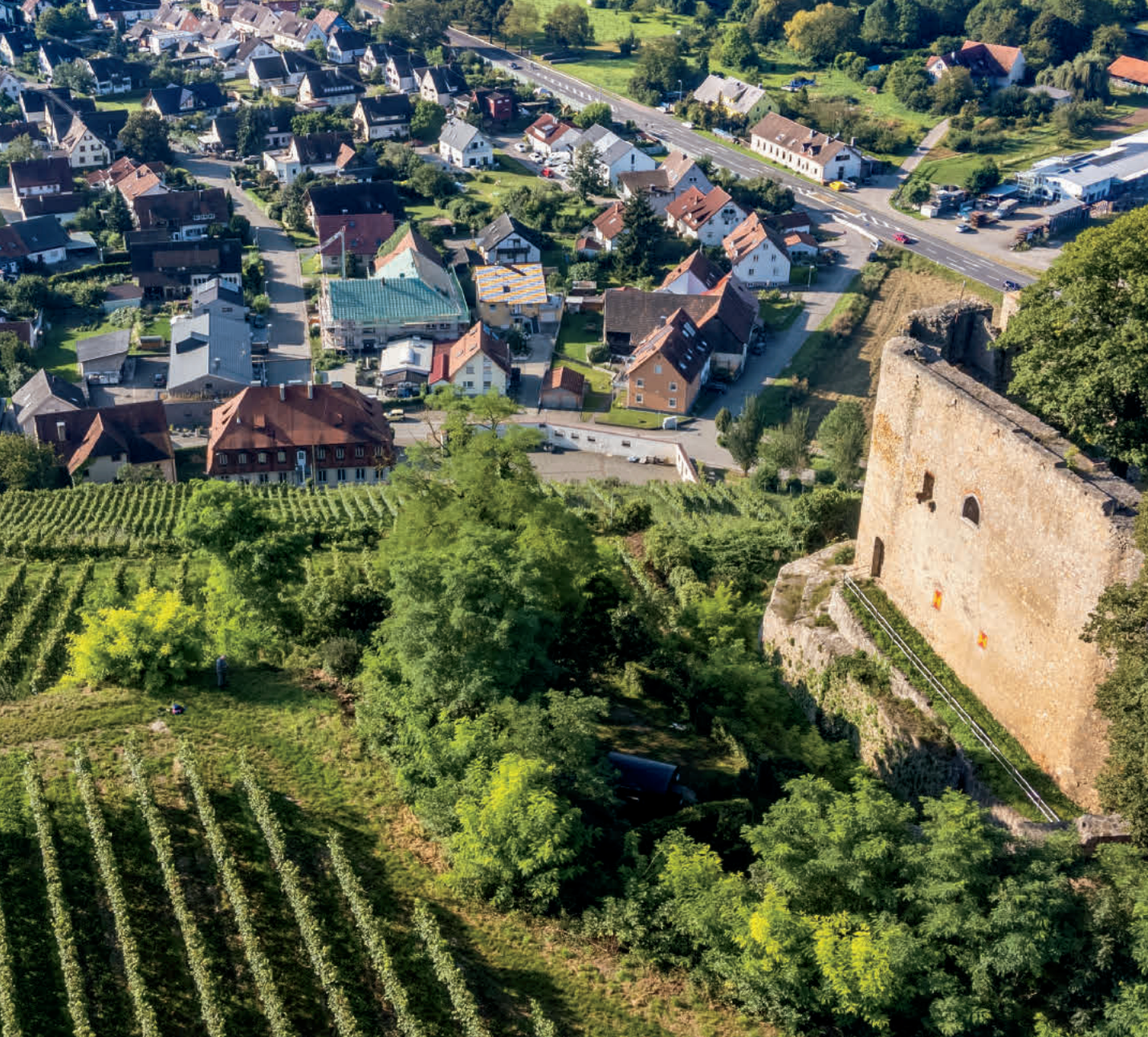As I’ve said many times before, aged German Riesling is a wine experience everyone should have. It’s fundamental. The incomparable balance of fruit, earth, acidity, and, in this case,
Auslese-level residual sweetness often sends me into sensory overload. And as you’ve likely seen in our recent offers, we’ve been delightedly working through a trove of back-vintage treasures, the latest being this 1997 “Ürziger Würzgarten”
Auslese from Weingut Moselschild.
I was introduced to this hotel and onetime winery during one of my recent trips to Europe, and while they are no longer producing wine, their dark cellars in the Mosel village of Ürzig were full of pristine, well-aged treasures like today’s. The Moselschild property sits at the base of the vineyard that gives this wine its name:
Ürziger Würzgarten (“the spice garden of Ürzig). This is one of those impossibly steep, amphitheater-like vineyard panoramas the Mosel does so well, and its unique rust-hued soils make it easy to spot. The combination of vineyard pedigree, bottle age, and cellar-direct provenance make for a heady, insanely complex Riesling experience. It’s one worth paying more for, in fact, but as is so often the case with German wine, you don’t have to. We don’t have very much but what we do have is rip-roaring and ready to enjoy, so don’t hesitate!
Although the Schild family sold off their vineyard holdings a few years ago, their cellars in Ürzig still contain a lot of their bottled history—as I found out during an amazing on-site tasting about a year ago. In addition to stacks of dusty bottles, the Moselschild cellar contains rows of the traditional oak fuders (large casks) used for both fermentation and aging back in the day. Today’s still-youthful ’97 from Ürziger Würzgarten was one of several Moselschild back-vintage wines I was privileged to taste—then eagerly purchase—during my visit.
Plucked from a stack of bottles that likely hadn’t moved since they were filled and corked, this is a remarkably well-preserved Riesling carrying the Auslese designation, meaning it was picked at elevated sugar levels. There is added richness in the form of glycerol that is the cleaned up by a wave of fresh, jolting acidity—as only Riesling can do. As you’ll see when you pull the cork on this ’97, the wine is aging beautifully, with a shimmering golden color in the glass and aromas that seem to take you all over the world and back: ripe yellow peach, mango, yellow apple, ‘petrol,’ wet slate, warm baking spices, wild green herbs, wildflower honey, and so, so much more. Medium-plus in body and still quite fresh (obviously some oxidation is to be expected in a 20+-year-old wine), it also finishes with a very light touch of sweetness by Auslese standards. Ürziger Würzgarten, with a unique, iron-rich soil comprised of red slate and volcanic deposits, is known for producing spicy, savory styles of Riesling, and this one is going to make a great bottle for the table. I’d deem it ready to roll now and over the next few years with Cantonese and Thai dishes. With its low alcohol and slight residual sweetness, this wine is uniquely qualified to tame whatever heat you throw at it. Check out the attached recipe and enjoy!
[
NOTE: Seeing as these wines remain under their original corks, we opened a few bottles upon arrival to ensure their integrity. Each wine was in remarkable condition, though a couple of corks had considerable crumbling. I would recommend using an
“ah-so” opener, but if that isn’t an option, treat the cork as delicate as possible with a standard wine opener.]


